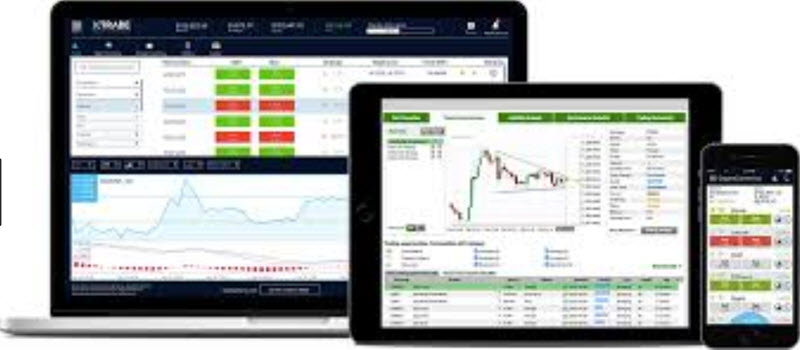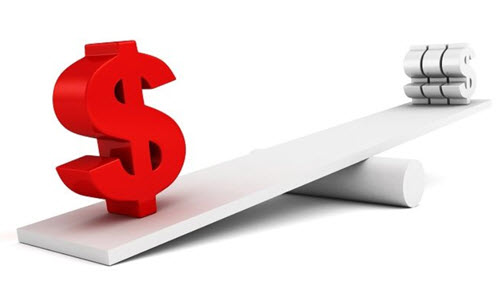Day trading CFD
If you have been looking around the investment communities and forums online you have properly heard about CFDs. Maybe you have even picked up on the popularity of day trading CFDs. The amount of leverage CFDs offer to traders makes it a hard to pass up on. It can be hard to understand exactly what CFDs are and the right way to use them in your portfolio, but if you hang on here we will try to take you through the basics.

What is a CFD?
Basically a CFD is a contract amongst to agreeing parts. The two parts agree to pay the difference between the opening price and closing price of whatever asset or market. In the CFD world you talk about certain CFDs performance. Performance refers to the movement of the underlying asset relative to the starting price of the asset. Again when you are buying a CFD you do not buy the underlying asset, but you take it over for the time agreed upon and then either you pay the difference or the holder of the asset pay the difference depending on the outcome.
Why Day Trade CFDs?
It is not by coincidence that CFDs holds a warm place in the hearts of day traders. Here is a little overview of the biggest upsides:
Low cost – there are very few fees associated with CFD trading, most brokers will not charge a fee for getting an account or for opening a trade. The money the brokers make come from you paying the spread. The spread is usually fixed and tied to the volatility of the asset traded.
 High Leverage – this is where it gets really interesting. CFDs have much higher leverage then conventional trading options, and this is the biggest reason for their popularity. You will be able to start trades with a margin requirement of 2 %(!!!). These low margins will allow trader to enter huge trades with a relatively small amount of capital, opening op for big profits even for starting traders. But beware, this also means you can lose much more. Big trades come with big risks.
High Leverage – this is where it gets really interesting. CFDs have much higher leverage then conventional trading options, and this is the biggest reason for their popularity. You will be able to start trades with a margin requirement of 2 %(!!!). These low margins will allow trader to enter huge trades with a relatively small amount of capital, opening op for big profits even for starting traders. But beware, this also means you can lose much more. Big trades come with big risks.
Asset Access – a thing many CFD brokers do right is how many markets are available for traders. All major markets are usually available, meaning you can trade CFDs around the clock. Whatever market you are comfortable with, if it is Forex, cryptos or commodities, will be at your disposal.
How to trade it?
If you want to get started there are a few decisions to make prior. First choose the market you want to trade on. Once you have chosen a market, start digging into as much information about it as you can. By having a large knowledge base of a specific market, you will be able to read it much better and ultimately be a more successful trader. Next is deciding what kind of trading you want to do. Do you want to buy CFDs or sell them? Generally if you sell, you go short term and if you buy, you hold them for longer. Find the assets in question, get it on your screen and figure out the price of it. Now for the third point, how big a trade do you want? There will often be a minimum to how little you can go into a trade with, but rarely any maximum. The general advice for quantity is to make a large number of trades, all small in size, to minimize risk of losing all you money.
This article was last updated on: December 6, 2018

